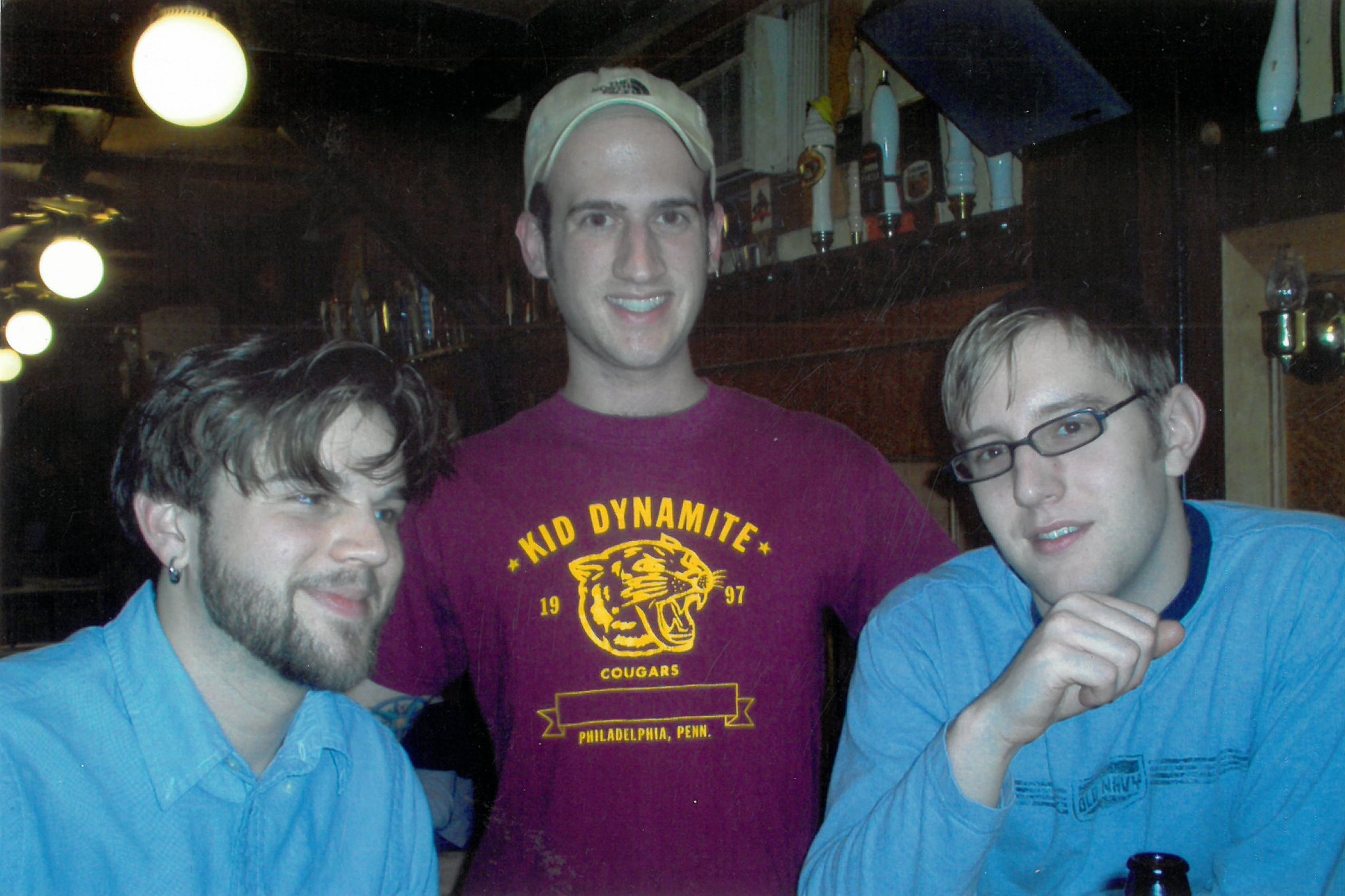Berwick Brewing, in Berwick, Pennsylvania, avoids the hype, merch, and social media trends that can only go so far for a brewery over time. Perhaps that is why not enough people talk about the unassuming spot making some of the best beer in the country, especially their lager.
I went to Berwick a few weeks back to interview the brewery’s owner, Tom Clark, about the history of lining beer vessels with pitch (a project many of you know I have been working on (and off) for a while, and which is sincerely, actively moving forward. I promise.) Though the topic du jour was pitch, I went home thinking about how fascinating the place was.
Berwick’s taproom is missing the glitzy bells and whistles that newer breweries have. There’s nothing wrong with these newer taprooms. There are lot of positive things they offer, but Berwick has proven enduring with something different.
It’s the kind of place that feels like it has been around a while, and it has. The brewery was established in 2008, but the building goes back much further, operating as Vaughn’s Bakery for many decades (the exact name of the bakery may have been different.) The brewery’s patina is authentic and part of its charm. For the beer history nerd, it’s also a bit of a mini-museum, but that’s a different story.
There are influences of a Bavarian biergarten, particularly the long, shared tables. This is not surprising as Tom has spent a fair amount of time there over the years. These tables can be found in varying rooms beyond the bar room. This includes a space out in the back that overlooks the Susquehanna River. (You’d think I would have some pictures of the brewery here, but despite taking a wealth of photos related to the whole pitch thing, I have no good photos of the brewery itself. Check out Google Images to get an idea.)
There’s no secret formula to this space. It’s simple and it works. But the beer they serve is world-class. It’s the glue that keeps this third space together. But you don’t need to fuss over it. It’s there for your enjoyment in the background as you share time with others.
I brought home three lagers and a Cream Ale from my day trip to Berwick. The lagers gorgeously showcase traditional German ingredients. For hops, there’s Tettnang in the Berwick Lager, Spalter Select in the Zwickel Pilsner, and Hallertau in the Hondo Keller Bier. Each of these beers are built on a variety of German malts.
Though I love all of them, I gravitate most toward the Keller Bier with its gorgeous light amber color. And as is my general practice with amber lagers, Berwick recommends it be served in a stein krug (that’s the stone mug. Important to note…Oktoberfest is around the corner. I used a willibecher in the photo above to show off the color.)
Vaughn’s Cream Ale may very well be the best Cream Ale I’ve ever had. It does everything a Cream Ale is supposed to do. It’s a light, crushable beer-flavored beer that doesn’t taste cheap (or fancy). The beer is named after the bakery that previously occupied the site.
To better understand the magic of Berwick, it’s best to go there to experience it. Sure, it’s in a pretty remote location, but it’s worth the trip if you can make it. Even if you can’t, it’s a reminder to think of other breweries closer to you that you may be overlooking.



























